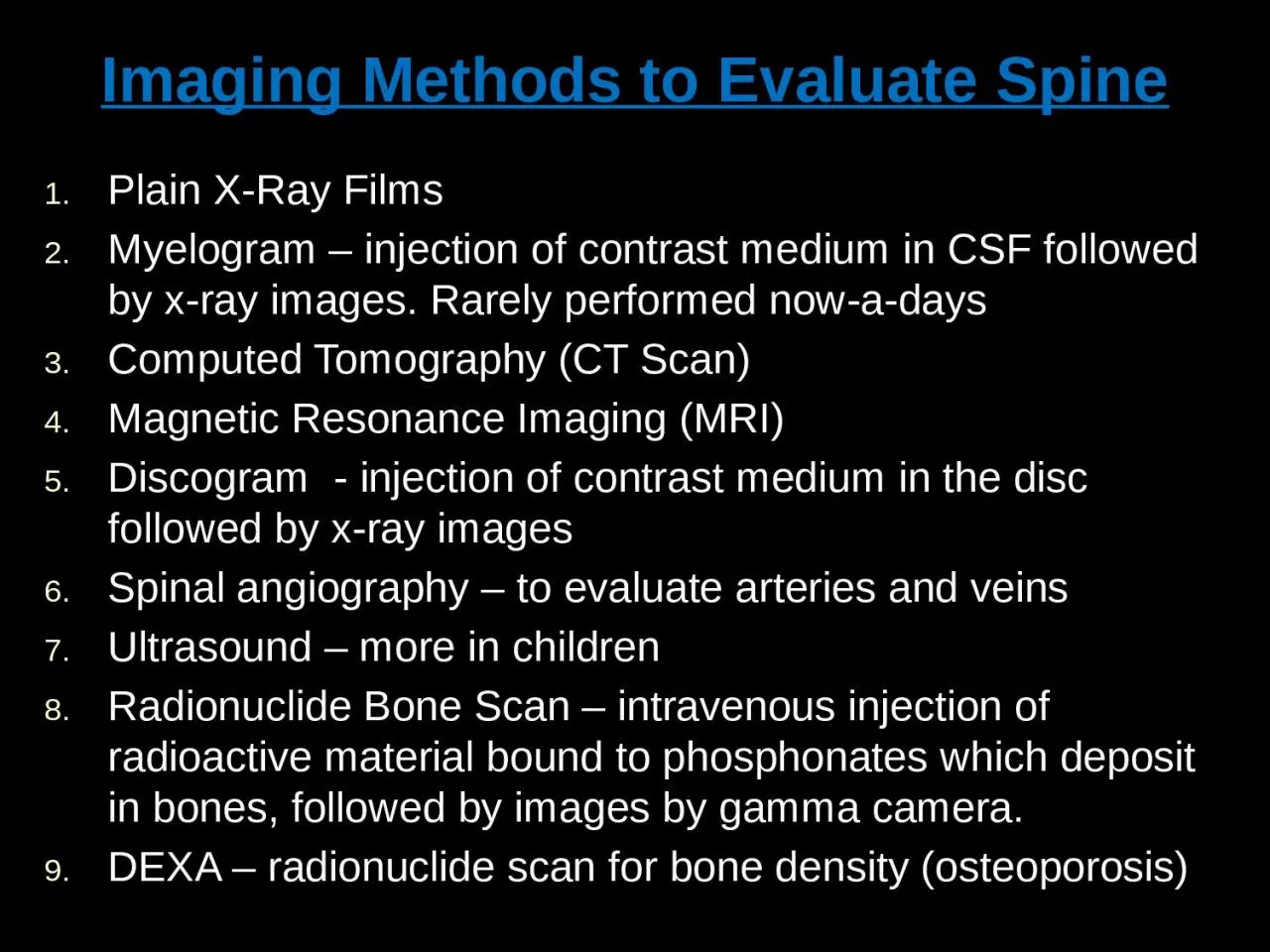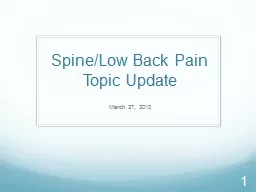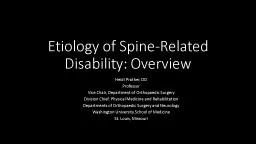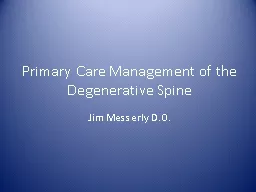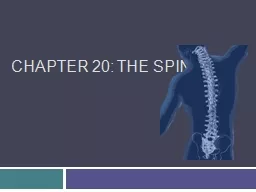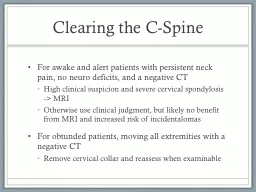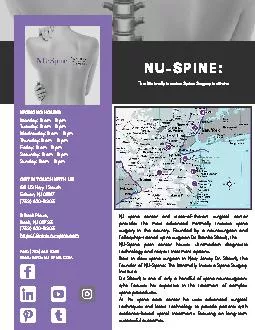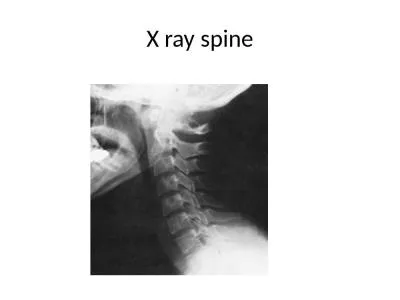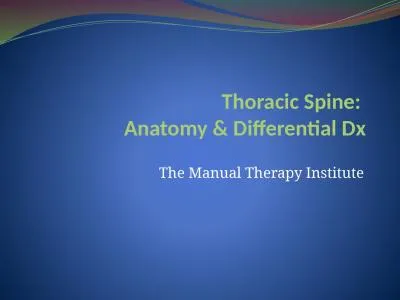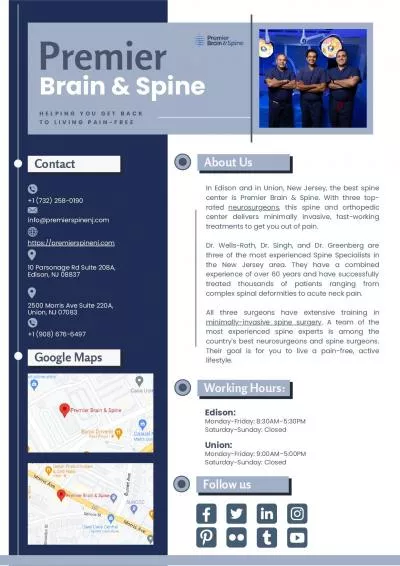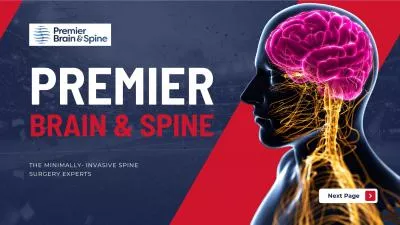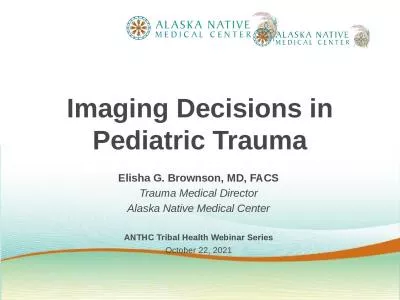PPT-Imaging Methods to Evaluate Spine
Author : kylie | Published Date : 2024-02-09
Plain XRay Films Myelogram injection of contrast medium in CSF followed by xray images Rarely performed nowadays Computed Tomography CT Scan Magnetic Resonance
Presentation Embed Code
Download Presentation
Download Presentation The PPT/PDF document "Imaging Methods to Evaluate Spine" is the property of its rightful owner. Permission is granted to download and print the materials on this website for personal, non-commercial use only, and to display it on your personal computer provided you do not modify the materials and that you retain all copyright notices contained in the materials. By downloading content from our website, you accept the terms of this agreement.
Imaging Methods to Evaluate Spine: Transcript
Download Rules Of Document
"Imaging Methods to Evaluate Spine"The content belongs to its owner. You may download and print it for personal use, without modification, and keep all copyright notices. By downloading, you agree to these terms.
Related Documents

